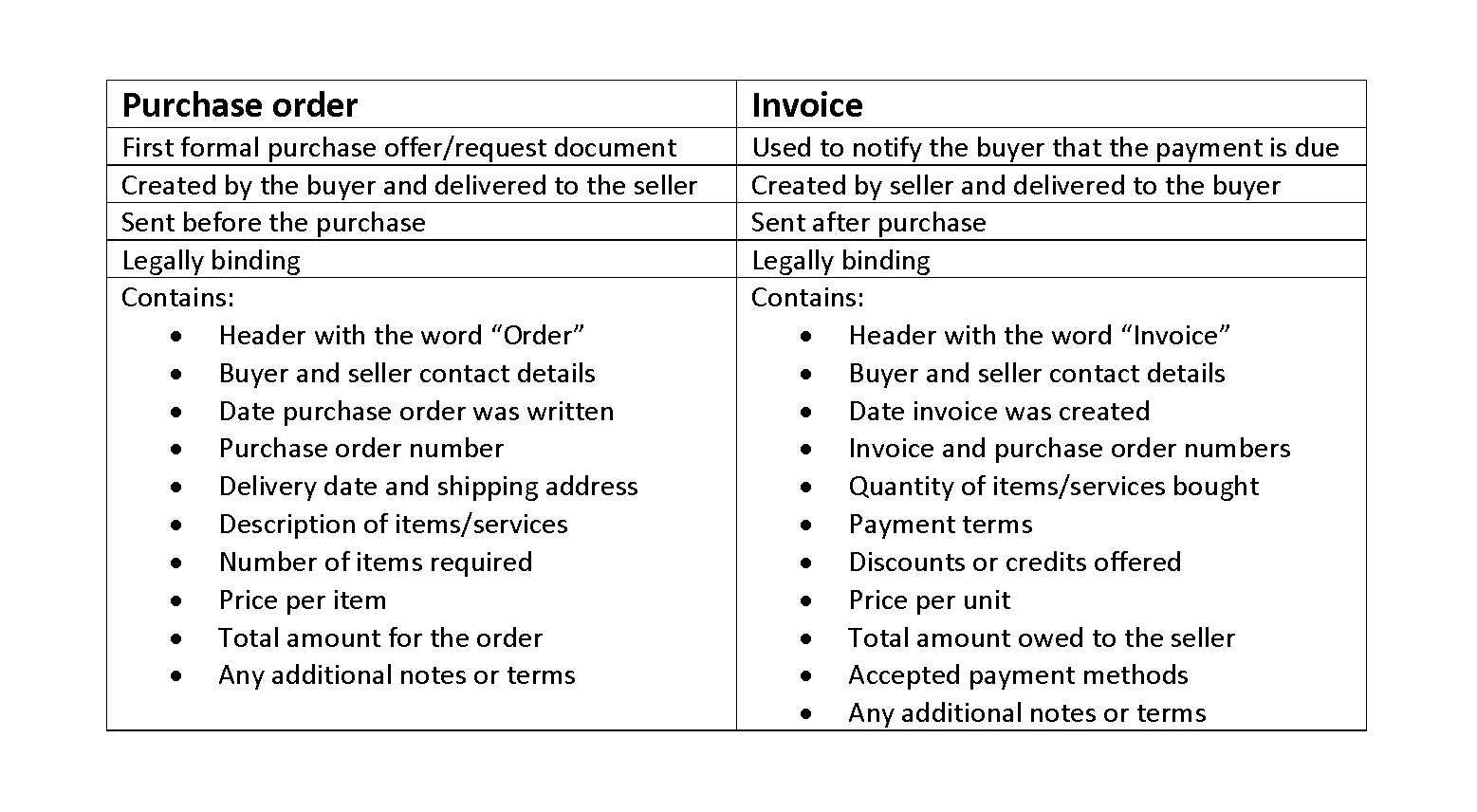
This can help to improve customer satisfaction and reduce the number of returns. Debit memos can be used to keep track of outstanding invoices and ensure that vendors are paid in a timely manner. Credit memos can be used to offset income, while debit memos can be used to deduct expenses.
What are Closing Entries in Accounting?
A debit memo increases the amount a buyer owes for additional charges or corrections. Share the changes with other departments, making sure everyone is aware of the adjustments to the invoices. Finally, compare the documents from both sides with the ledger to make sure your company’s financial statements are correct. This process helps you process the debit memo efficiently and keep accurate records of financial obligations due. Debit memos are more than just simple notifications of a change in account balance; they are an integral part of financial management and internal controls. They facilitate the accurate recording of transactions, help resolve disputes, and ensure that financial statements reflect the true financial position of a business.
What Is a Credit Memo?

A debit memo can also help when the value of previously invoiced items has increased after the date of invoice issue due to changes in price, terms of an agreement, etc. Correction of an invoice error when a buyer was mistakenly undercharged by issuing a debit memo for the underbilled amount that should have been included in the original invoice. Company A and Company B post journal entries into their accounting systems to record the respective purchase return and sales return transactions. Company B receives the debit note and issues a credit note as proof of reimbursement to Company A after reviewing and approving the request. Recording involves making sure every debit memo is documented clearly in accounting ledgers, creating an audit trail and avoiding discrepancies. Conversely, when a credit note is issued, it showcases the business’s dedication to customer-centricity and fairness, particularly when rectifying overcharges or addressing dissatisfaction.
What does debit memo mean on a bank statement?
- Once the check clears 3-11 days later,that amount will disappear from your Pending debits and you willhave access to the full amount of the check.
- A buyer might also issue a debit memo to a supplier when returning damaged goods, although this is a less common scenario.
- This practice aids in revenue forecasting and reduces the risk of payment defaults.
- Our experts suggest the best funds and you can get high returns by investing directly or through SIP.
- Examples of records that businesses should keep include bank statements, invoices, receipts, payroll records, and tax returns.
- Streamlining debit memo processes is crucial for maintaining efficient bank reconciliation and financial integrity.
Factoring with altLINE gets you the working capital you need to keep growing your business. Bookkeeping vs. Accounting It refers to a memorandum entry indicating a debit posted to an account ledger. Just upload your form 16, claim your deductions and get your acknowledgment number online.


At first glance, a credit memo and refund might seem like the same thing, but there’s a difference. Technically, a refund involves a reversal of the original purchase transaction. For example, let’s say you purchase an item of clothing from a local retailer with a 30-day return policy. One week later, you decide to return the item after realizing it doesn’t fit properly. Always review the details of the debit memo to ensure the adjustment is accurate.
Scenarios for Issuing a Credit Memorandum
In this case, the fees act as an adjustment rather than a specific bank transaction. This amount is debited from the customer’s account and recorded as a debit memo. Additionally, debit memos can be used to correct inaccurate account balances. Overall, handling debit memos effectively requires a combination of strong processes, clear communication, and a thorough understanding of the underlying issues.
- Company A and Company B record the respective purchase and sale in their accounting books.
- This section helps you understand where debit memos fit into the bigger accounting picture and how they differ from similar financial documents.
- By applying these advanced tips, businesses can streamline their debit memo processes, leading to more accurate bank reconciliations and financial statements.
- You need to have a record of all transactions, including invoices, purchase orders, and shipping documents.
- For customers, it provides a transparent view of upcoming charges, allowing for better financial planning and the avoidance of service interruptions due to non-payment.
A debit memo directly impacts a company’s cash flow, a crucial aspect of financial management. Although reflecting a relatively minor change in a single transaction, a debit memo change can substantially affect the cash flow statement when considered across multiple transactions. A debit memo from a vendor is a bill that shows that money has been taken out of a customer’s account. The vendor usually asks for the money to be paid right away and there might be late fees. Additionally, terms and conditions related to payment and authorization details are included, ensuring debit memo meaning compliance and accountability. Understanding the differences between credit and debit memos is essential for clear and efficient financial communication with your customers.
- Remember, the goal is to create a system that is not only efficient but also adaptable to the ever-changing financial landscape.
- Unlike a credit memo, which reduces the balance due, a debit memo reflects an increase in the total amount owed.
- Imagine completing a project for a client and sending an invoice, only to realize later that you forgot to include charges for additional materials or overtime.
- It effectively reduces the balance of the account it is applied to, signifying an obligation for the account holder to pay an additional amount.
- Imagine you’ve ordered a product from an online store, but due to a billing error, you’re charged more than you should be.
Customers
The main difference is that a debit memo reminds the buyer they owe money, an invoice asks for payment. It’s important to understand the differences to keep track of payments and customer accounts and to make accurate financial reports. In business-to-business transactions, a company issues a credit note to the buyer to amend an incorrect invoice, acknowledge the return of goods, or adjust the prices post-purchase. Depending on the scenarios, the credit note may reduce the full or partial amount that a buyer owes. A debit memo, also called a debit note, is a document issued by a seller to inform the buyer of an increase in the amount owed or a chargeback against the buyer’s account.
In banking and financial services
These retailers utilize memo post debits to ensure your form of payment can cover the cost of the goods or services you may consume, avoiding problems with normal balance payment in the future. When all of the transactions on your account for the day are batch posted by the bank, which typically happens each night, the memo post debit will result in a permanent debit on your account. The amount of the debit may increase or decrease from the amount of the memo post debit, depending on the final authorized amount presented by a retailer.
Leave a Reply